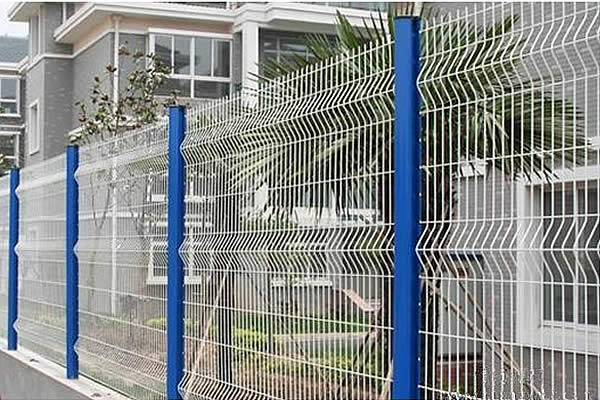 TEL:
+86-13102802206
TEL:
+86-13102802206
 Email:
fencenetting@china.com
Email:
fencenetting@china.com
 Language
Language
 TEL:
+86-13102802206
TEL:
+86-13102802206
 Email:
fencenetting@china.com
Email:
fencenetting@china.com
 Language
Language


The Versatility and Benefits of Stainless Steel Gabion Baskets
Gabion baskets have increasingly become a popular choice for various construction, landscaping, and erosion control projects. Among the various materials available for gabion baskets, stainless steel has emerged as a preferred option due to its unique properties and advantages. This article explores the versatility and benefits of stainless steel gabion baskets, highlighting their applications in modern engineering and landscaping.
What are Gabion Baskets?
Gabion baskets are wire mesh containers filled with rocks, concrete, or other materials. These structures are typically used for retaining walls, erosion control, and decorative landscaping. The mesh structure allows for flexibility and adaptability, making gabions suitable for a wide range of environments. When filled and stacked, gabion baskets provide a sturdy, permeable barrier that can manage water flow and prevent soil erosion.
Why Choose Stainless Steel?
Stainless steel gabion baskets offer several key advantages compared to traditional materials like galvanized steel or plastic
.1. Corrosion Resistance One of the most significant benefits of stainless steel is its corrosion-resistant properties. Unlike galvanized steel, which can develop rust over time, stainless steel maintains its integrity even in harsh environments. This feature is particularly important for gabion baskets used in coastal or industrial areas where exposure to saline or acidic conditions can accelerate corrosion.
2. Durability Stainless steel is known for its strength and durability. Gabion baskets made from this material can withstand heavy loads and significant environmental stress without deforming or breaking. This durability makes them ideal for use in infrastructure projects, public spaces, and landscaping where long-term performance is essential.

3. Aesthetic Appeal Stainless steel gaboons have a modern, sleek appearance that can enhance the aesthetic quality of a project. Whether used in contemporary landscaping, urban architecture, or functional structures, stainless steel gabions provide an elegant touch while serving their practical purpose. The metallic shine of the stainless steel also blends well with various materials, from natural stone to concrete.
4. Ease of Maintenance One of the advantages of stainless steel is its low maintenance requirement. Unlike traditional materials that may need regular painting or treatment to prevent rust, stainless steel gabion baskets typically require minimal upkeep, making them a cost-effective option in the long run.
Applications of Stainless Steel Gabion Baskets
Stainless steel gabion baskets are used in various applications, including
- Erosion Control By placing gabion baskets in specific areas, such as riverbanks or sloped terrains, they can effectively reduce soil erosion caused by water runoff. - Retaining Walls Stainless steel gabions are ideal for building retaining walls that offer structural stability while allowing for drainage, preventing water pressure build-up. - Landscaping These baskets can create visually appealing elements in gardens, parks, and urban spaces. They can be filled with colorful stones or plants to enhance their beauty and harmony with nature. - Noise Barriers Gabion baskets can also serve as effective noise barriers in urban environments, providing separation from busy roadways while blending with the landscape.
Conclusion
Stainless steel gabion baskets represent an innovative solution to various engineering and landscaping challenges. Their corrosion resistance, durability, low maintenance, and aesthetic versatility make them an attractive choice for modern applications. As the demand for sustainable and efficient solutions in construction and landscape design grows, stainless steel gabion baskets are likely to continue gaining popularity across various industries. Whether used for practical engineering solutions or enhancing the beauty of outdoor spaces, these structures provide a reliable, long-lasting option that meets the needs of both designers and the environment.